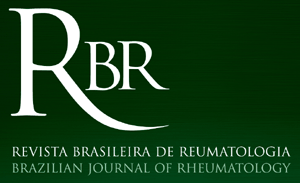While reaffirming that the clinical exam still is the best medical practice, the author has proposed a new maneuver (Cecin‘s sign or "X" sign) to help the diagnosis of herniated lumbar disk, describing its biomechanical bases. However, the diagnostic performance of this maneuver has not been formally tested. PATIENTS AND METHODS: The maneuver, which consists on the flexion of the lumbar spine while simultaneously performing the Valsalva maneuver, was tested in 45 patients with typical sciatic pain and herniated lumbar disk confirmed by magnetic resonance imaging (MRI), and in 21 patients with simple mechanical back pain with normal MRI. Lasègue’s sign was investigated concomitantly and the concordance with the "X" sign was assessed. RESULTS: Concordance between the two tests was very low (Kappa = 0.17, Kappa <0.4) and discordance was statically significant (P <0.001). The "X" sign had a sensitivity of 73.3%, specificity of 95.2%, positive predictive level of 97.1%, and negative predictive level of 62.5% in the diagnosis of herniated lumbar disk by MRI, while Lasègue’s sign showed sensitivity of 22.2%, specificity of 95.2% (P <0.001), positive predictive value of 90.9%, and negative predictive value of 36.4% (P = 0.153). CONCLUSION: Cecin’s sign had higher sensitivity, positive predictive value, and negative predictive value than Lasègue’s sign in the diagnosis of symptomatic herniated lumbar disk.
low back pain; sciatic pain; herniated lumbar disk; diagnostic performance




